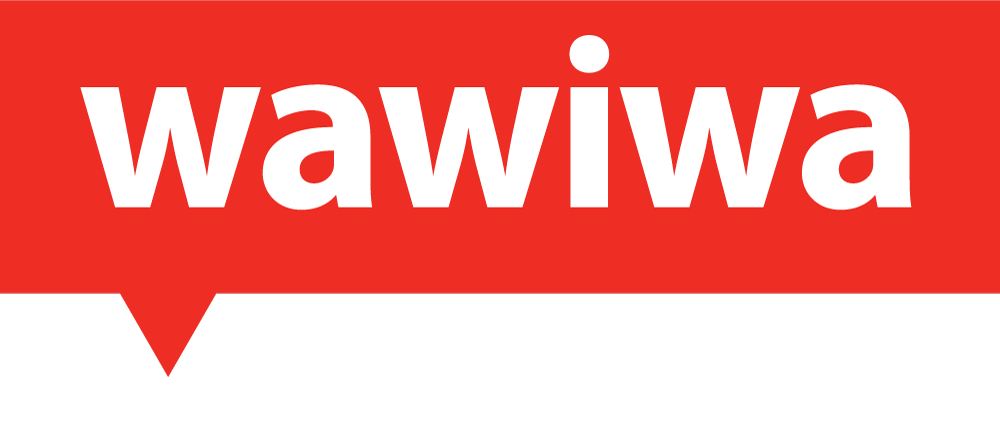Universities are century-old institutions that confer knowledge a certain way. In a fast-pacing digital world, universities need to adapt their degrees, programs, and delivery methods to match the development of new technology and needs of the industry. Enter online program management (OPM). OPM enables universities to offer educational programs through online, digital learning. The global market size of the OPM industry is quickly growing from USD 4.2 Billion in 2022 and is expected to reach USD 11.5 Billion in 2030. This blog explains what OPM is and explores its impact on universities, making education accessible and adaptable to a rapidly changing world.
What is Online Program Management (OPM)?
Online program management (OPM) is a simple yet powerful concept reshaping university education. OPM involves universities partnering with specialized companies (online program management providers) to develop, manage, and deliver educational programs online.
For example, a university might have a fantastic Computer Science program. However, they may not have the tools or expertise to offer it online effectively. Here’s where an OPM provider steps in. The OPM provider can equip the university with the necessary content, technology, marketing, or support services needed to transform this program into an engaging online experience. Following such collaboration, students anywhere can access top-notch education right from their screens.
OPM goes beyond just uploading lecture videos. It involves creating interactive content, ensuring easy access to resources, and providing support for both instructors and students. This approach is like giving traditional classroom learning a digital upgrade. Imagine interactive quizzes popping up in a video lecture, or a virtual lab where you can conduct experiments online. It’s all about making learning accessible, engaging, and effective in a digital format.
The Benefits of OPM for Universities
Online Program Management offers multiple advantages for universities:
Expanding beyond Physical Reach: One of the most significant advantages of OPM is its ability to extend a university’s reach beyond geographical boundaries. Traditional brick-and-mortar institutions are often limited by their physical location and can only offer education to the local population, or those willing to relocate there for their studies. With OPM, universities can attract students from all over the world. For instance, a university in Australia can offer a tech reskilling program to students in other countries, who otherwise would never have access to such specialized knowledge. This in turn increases the university’s enrollment and revenue and enhances its global reputation.
Cost-Effective Solution: Implementing online programs can be a costly and complex task for universities, especially those without existing digital infrastructures. OPM providers offer the necessary technology and expertise, significantly reducing the investment and risk for the universities. A good parallel is the way small businesses use e-commerce platforms to sell products online. Instead of building their own websites and payment systems, they leverage existing platforms to reach customers. Similarly, universities can use OPM services to offer online programs without the upfront costs of developing their own digital platforms.
Enhancing Educational Offerings: OPM allows universities to innovate and update their curriculum more rapidly than traditional program development might permit. This agility is crucial in fields like technology, where staying current with industry trends is essential. For example, a university could quickly launch a new course on emerging technologies like artificial intelligence, keeping its educational offering at the forefront of science and industry developments. An OPM provider might develop the new program or update an existing one with the latest knowledge.
Supporting Diverse Learning Needs and Styles: OPM allows universities to cater to a wider range of learning needs and styles, making education more inclusive and effective. In a traditional classroom, teaching methods and materials are often standardized, which might not suit every student’s way of learning. With OPM, universities can offer a variety of learning tools and manners, such as on-demand, self-paced video lectures, interactive modules, discussion forums, and personalized assignments. This flexibility lets students who might prefer visual or interactive learning find their niche. Additionally, OPM can offer advantages for students with disabilities, such as captioned videos or screen reader-friendly materials, further broadening accessibility. By accommodating diverse learning ways, universities enhance the educational experience and reach to foster a more inclusive academic environment.
Take a peek at this comparison table to see the differences between OPM and traditional university education laid out simply for you:
Features
Traditional Education
OPM
Wawiwa’s Global OPM Approach
Wawiwa is a global tech education provider and is a leader in reskilling and upskilling people to tech jobs in high demand.
As an OPM provider, Wawiwa helps universities offer diverse reskilling and upskilling programs tailored to the latest industry needs. While universities cannot necessarily keep their degrees and programs up-to-date with the pace of the industry, Wawiwa makes sure that universities can still offer relevant programs to their students as part of their academic degrees, as an add-on to improve employability, or as continuing education courses. Wawiwa programs are offered under the university brand and can be delivered online (OPM) or face to face.
Most training is delivered as live, synchronous sessions, where other parts might be recorded for on-demand consumption. Wawiwa’s programs include not only content, but also hands-on exercises and projects to let students engage with the topic and practice it with real-world examples.
Take for example Wawiwa’s partner in Romania, New Tech Academy. NewTech is offering various Wawiwa-powered programs in fields like Full-Stack Development, Frontend Development, and Data Analysis. All programs are delivered online to students all around Romania, who follow the same curriculum, submit homework and exercises, and even work together in duos or teams on projects, just like at a global tech company. Similarly, Wawiwa’s partner in Australia, the Cyber-Tech Institute is delivering Wawiwa-powered online programs in Cybersecurity.
This blend of online programs expands the training offering and reach of Wawiwa’s partners and enhances their students’ learning experience, making tech education more inclusive and adaptable to individual needs and market demands.
Conclusion
OPM is expanding the world of education. With its greater reach, cost-effectiveness, enhanced interactivity, and support for industry changes and diverse learning styles, OPM is setting a new standard in the academic world. OPM offers universities a breadth of new opportunities. It’s time to consider how this innovative approach can benefit your institution and take part in this exciting educational transformation.



